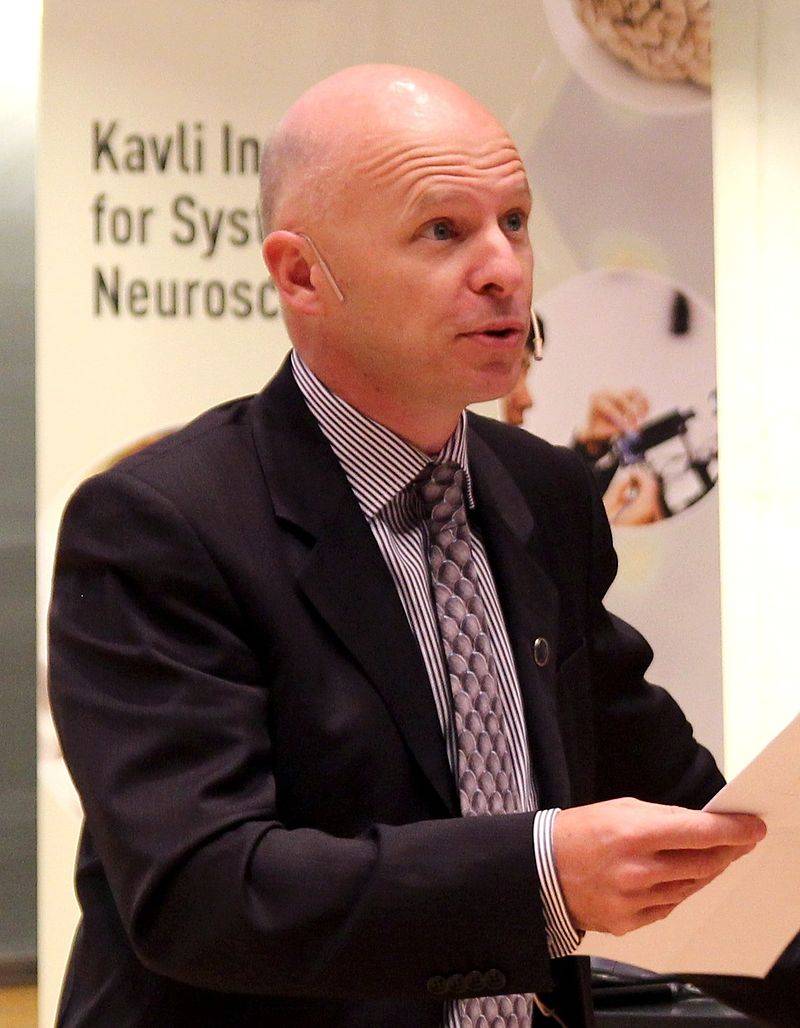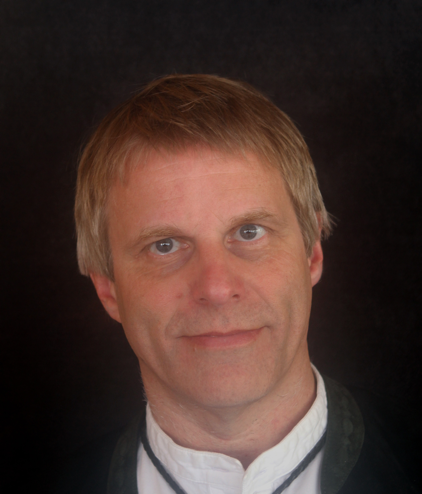Quest for Consciousness: A Historic Contest Is Announced
The two theories to be tested pit "information processing" against "causal power" as a model of consciousness. One side must admit it is wrongWe can watch neurons fire and interact but we do not really know how human consciousness comes to exist. Now Templeton World Charity Foundation (TWCF) is investing $20 million to discover the answer, first by holding a contest between two prominent theories of consciousness. Their model is the famous 1919 contest between Albert Einstein’s relativity theory and Isaac Newton’s gravity (Einstein won). The stakes, as explained at the Society for Neuroscience meeting in Chicago this week, sound high: “Proponents of each theory have agreed to admit it is flawed if the outcomes go against them.”

Consciousness, even as a concept, is much more slippery than gravity but these two prominent theories have been chosen as at least suitable for testing, starting this fall:
● Global Workspace Theory (GWT), defended by Stanislas Dehaene of the Collège de France in Paris: “theory of Bernard Joseph Baars that suggests that consciousness involves the global distribution of focal information to many parts of the brain.” – Pam N., “Global Workspace Theory,” Psychology Dictionary
vs.
● Integrated Information Theory (IIT), defended by Giulio Tononi of the University of Wisconsin in Madison: “Initially proposed by Giulio Tononi in 2004, it claims that consciousness is identical to a certain kind of information, the realization of which requires physical, not merely functional, integration, and which can be measured mathematically according to the phi metric.” – Francis Fallon, Integrated Information Theory of Consciousness, Internet Encyclopedia of Philosophy
The two theories can be compared because they make different predictions as to which part of the brain will become active when a person becomes aware of an image.
To test the schemes, six labs will run experiments with a total of more than 500 participants, costing the foundation $5 million. The labs, in the United States, Germany, the United Kingdom, and China, will use three techniques to record brain activity as volunteers perform consciousness-related tasks: functional magnetic resonance imaging, electroencephalography, and electrocorticography (a form of EEG done during brain surgery, in which electrodes are placed directly on the brain). In one experiment, researchers will measure the brain’s response when a person becomes aware of an image. The GWT predicts the front of the brain will suddenly become active, whereas the IIT says the back of the brain will be consistently active.
Tononi and Dehaene have agreed to parameters for the experiments and have registered their predictions. To avoid conflicts of interest, the scientists will neither collect nor interpret the data. If the results appear to disprove one theory, each has agreed to admit he was wrong—at least to some extent.
Sara Reardon, “‘Outlandish’ competition seeks the brain’s source of consciousness” at Science
IIT is much more philosophical than GWT:
In contrast to GWT, which starts by asking what the brain does to create the conscious experience, IIT begins instead with the experience. “To be conscious is to have an experience,” Tononi said. It doesn’t have to be an experience about anything, although it can be; dreams, or some “blank mind” states attained by meditation also count as conscious experiences. Tononi has sought to identify the essential features of these experiences: namely, that they are subjective (they exist only for the conscious entity), structured (their contents relate to one another: “the blue book is on the table”), specific (the book is blue, not red), unified (there is only one experience at a time) and definitive (there are bounds to what the experience contains). From these axioms, Tononi and [Christof] Koch claim to have deduced the properties that a physical system must possess if it is to have some degree of consciousness.
IIT does not portray consciousness as information processing but rather as the causal power of a system to “make a difference” to itself. Consciousness, Koch said, is “a system’s ability to be acted upon by its own state in the past and to influence its own future. The more a system has cause-and-effect power, the more conscious it is.”
Philip Ball, “Neuroscience Readies for a Showdown Over Consciousness Ideas” at Quanta
That focus on the philosophical underpinnings of consciousness has attracted criticism:
Anil Seth, a neuroscientist at the University of Sussex in Brighton, U.K., says the theory is too philosophical—attempting to explain why consciousness exists, rather than how the brain determines whether a stimulus is worthy of conscious attention—to be directly testable. “I don’t think [the competition] will do what it says on the tin,” he says. Tononi himself doubts the experiments could rule out all aspects of his theory, although he says they could “make our life more difficult.”
Sara Reardon, “‘Outlandish’ competition seeks the brain’s source of consciousness” at Science
But it’s nearly impossible to rule out the significance of philosophy in consciousness. Michael Egnor reminds us of the philosophical concept of the p-zombie:
A p-zombie (a philosophical zombie, as distinguished from the kind that sells movies) is identical to a human being but has no first-person (subjective) experience. It’s a meat robot, so to speak, that is indistinguishable in behavior from a human being. Thus, my p-zombie would look exactly like me, walk like me, talk like me, write blog posts like me, etc.. It would do exactly as I do but it would not have an “I” like me. It would feel nothing and think nothing. It would have no “I” at all. To borrow a concept from philosopher Thomas Nagel, there would be nothing it is like to be a p-zombie.
Michael Egnor, “Neuroscientist Michael Graziano should meet the p-zombie” at Mind Matters News
Each of us knows “I am not a p-zombie.” But no one knows that anyone else is not. That is part of the mystery of consciousness. And there is no escaping that part.
Some key concepts in consciousness from Mind Matters News:
Four researchers whose work sheds light on the reality of the mind The brain can be cut in half, but the intellect and will cannot, says Michael Egnor. The intellect and will are metaphysically simple
An Oxford neuroscientist explains mind vs. brain (Michael Egnor) Sharon Dirckx explains the fallacies of materialism and the logical and scientific strengths of dualism
Did consciousness “evolve”? (Michael Egnor) One neuroscientist doesn’t seem to understand the problems the idea raises
and
No materialist theory of consciousness is plausible (Eric Holloway) All such theories either deny the very thing they are trying to explain, result in absurd scenarios, or end up requiring an immaterial intervention

